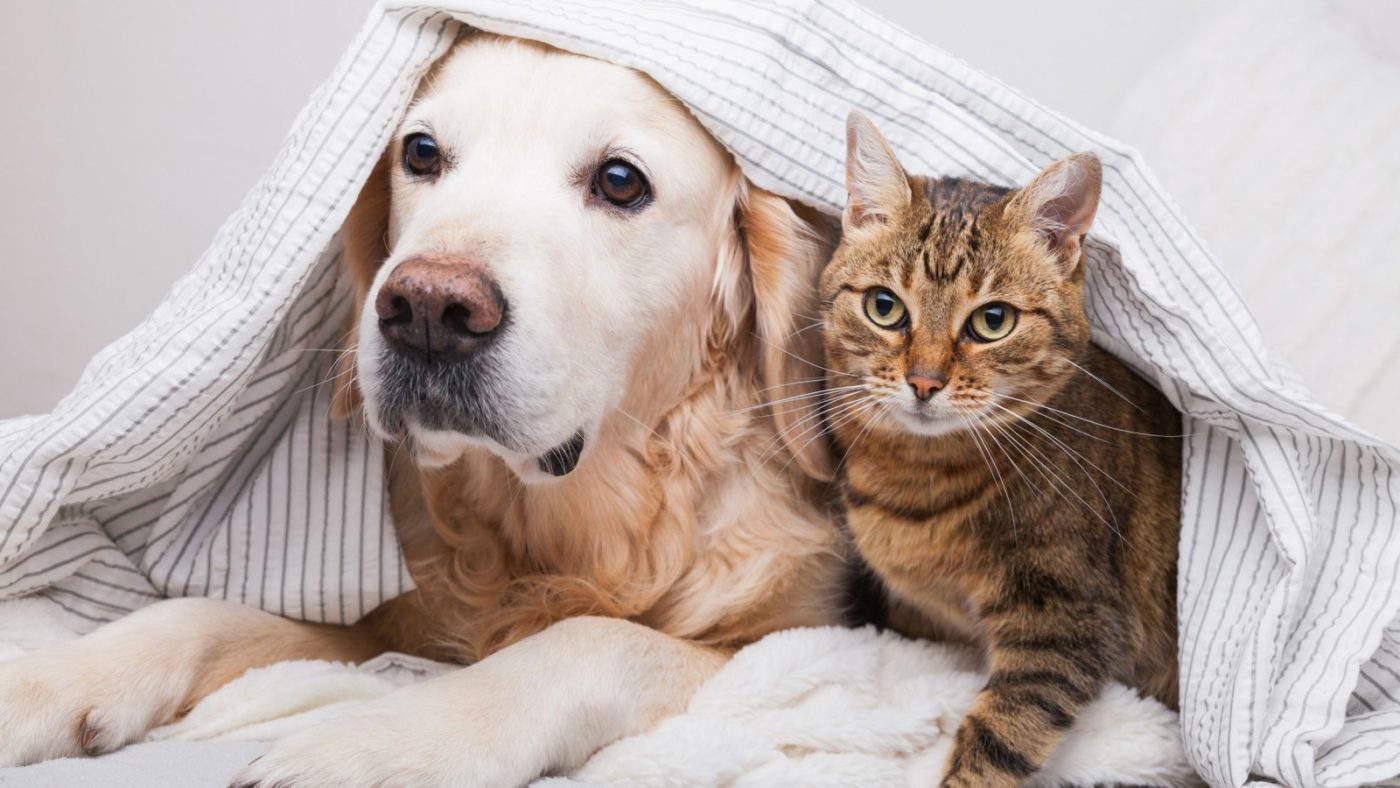Pet-Proofing Your Home: A Room-by-Room Guide
Welcoming a pet into your home is a joyful experience, but it also comes with responsibilities. Just like young children, pets are naturally curious and can get themselves into trouble if your home isn’t properly prepared. Pet-proofing your living space is essential to keep both your pet and your belongings safe. This guide walks you through each room of the house with practical tips to create a pet-friendly environment.
Living Room
The living room is often the central hub of activity for both humans and pets. Here’s how to make it safe:
-
Hide or secure electrical cords and chargers to prevent chewing hazards.
-
Keep small objects, remote controls, and decor out of reach.
-
Avoid using rugs or carpets that are difficult to clean or can be easily damaged by claws.
-
Remove or replace any houseplants that are toxic to pets, such as lilies or philodendrons.
Kitchen
The kitchen contains many tempting — and dangerous — items for pets:
-
Keep food stored in sealed containers and out of reach. Some human foods like chocolate, grapes, onions, and xylitol (in sugar-free gum) are toxic to pets.
-
Use childproof latches on lower cabinets that store cleaners, sharp tools, or breakables.
-
Ensure trash cans are covered or stored inside a cabinet to prevent scavenging.
-
Clean up spills immediately to avoid slips or accidental ingestion.
Bathroom
Bathrooms can pose hidden dangers to curious animals:
-
Always keep the toilet lid closed to prevent drinking or accidental falls.
-
Store cleaning supplies, medications, razors, and cosmetics in cabinets with secure doors.
-
Remove small items like cotton swabs or hair ties, which can become choking hazards.
Bedroom
Even personal spaces need attention when it comes to pet safety:
-
Keep laundry, shoes, and accessories off the floor, as many pets love to chew on them.
-
Don’t leave jewelry or small items on bedside tables.
-
Use baskets or bins with lids to keep personal belongings safe.
-
Ensure that windows have secure screens if they are ever left open.
Laundry Room or Utility Area
These areas often contain chemicals and appliances that pose risks:
-
Store detergents, bleach, and other cleaning products on high shelves or in locked cabinets.
-
Always close the doors to washers and dryers when not in use — and check inside before starting a cycle.
-
Keep lint, loose strings, and dryer sheets out of reach.
Backyard or Balcony (if applicable)
Outdoor areas should be as secure as the inside of your home:
-
Ensure fencing is tall and secure, with no gaps your pet could squeeze through.
-
Avoid using toxic plants or pesticides in gardens or lawns.
-
Remove sharp tools, lawn equipment, or any chemicals stored outdoors.
-
Provide shaded areas and access to clean water in hot weather.
General Tips
-
Get down to your pet’s eye level and scan each area for potential hazards.
-
Use pet gates to block access to certain rooms if needed.
-
Train your pet to avoid unsafe areas or objects with consistent reinforcement.
Conclusion
Pet-proofing your home doesn’t have to be overwhelming. With a little planning and awareness, you can create a safe, comfortable space where your pet can thrive. Your efforts will not only protect your belongings but also ensure the health and happiness of your furry friend.
